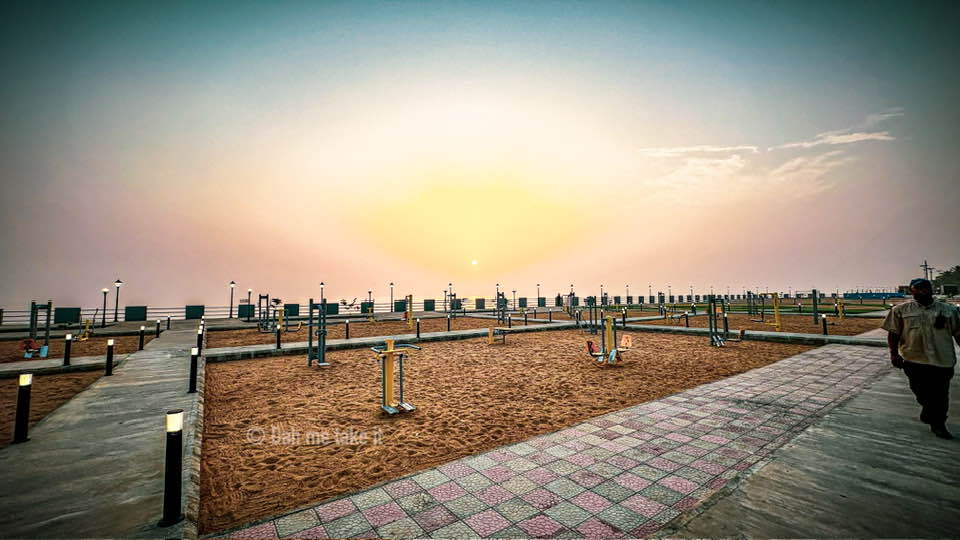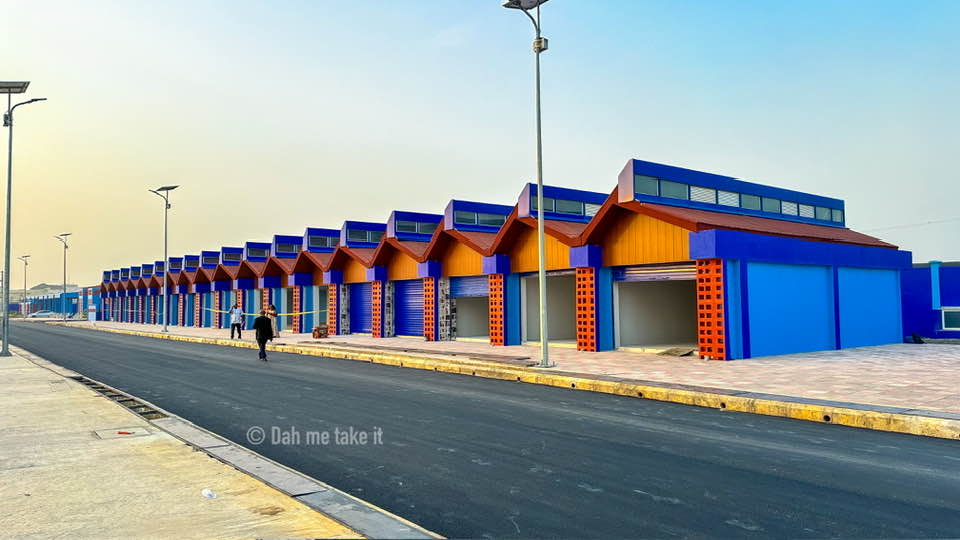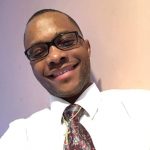PRESIDENT GEORGE M. WEAH is set to make history as he dedicates a newly constructed public park in the heart of the commercial capital of Liberia, Monrovia. Today’s program is historic as the park is located along a coastal landscape of approximately three to four miles long called the PHP community. This beautiful beach is located directly at the back of the Barclay Training Center (BTC) where 13 government officials of the former president of the Republic of Liberia William R. Tolbert were executed by firing squad. They were sentenced by a rushed tribunal of the People’s Redemption Council (PRC), a military group led by Master Sergeant Samuel K. Doe. They were charged with treason, rampant corruption, and amassing properties to the detriment of the general public.

IN THE EARLY HOURS of April 12, 1980, 17 non-commissioned officers and soldiers of the Armed Forces of Liberia (AFL) led by Master Sergeant Samuel Doe launched a bloody military coup. Doe and his coconspirators led an indigenous uprising against a 136-year dominance of Americo-Liberians. The coup leaders entered the Executive Mansion relying on reinforcement from just below the hill where the BTC is located. They murdered Tolbert and dumped his body along with 27 others into a mass grave.
THIS BARBARIC ACT casts a dark shadow on the nation’s history and left a stain on the conscience of the country. The coup leaders transitioned from a military regime to a civilian government after a controversial presidential election held in 1985, which was supposedly won by Master Sergeant Samuel Doe. President Doe survived a major coup in 1985, which was staged by General Thomas Quiwonkpa. The failed coup leader would be killed along with several coconspirators.

IN SEPTEMBER 1990, President Samuel Doe would be captured and brutally tortured by the then warlord turned Senator of Nimba County Prince Y. Johnson, with the entire event captured on camera. It is alleged that President Doe was later ordered executed by Senator Johnson, and his mutilated body put on display for public mockery. Senator Johnson was the commander of the Independent National Patriotic Front of Liberia (INPFL), a breakaway faction of the National Patriotic Front of Liberia (NPFL) that was led by Charles G. Taylor. The NPFL and INPFL rebellion which saw the spread of violence and egregious crimes, claimed the lives of over 250,000 Liberians and foreign nationals. The civil crisis also led to internal and external displacement of over 3 million people.
THE CONSTRUCTION of the PHP community Unity Park that is being dedicated today by President Weah is a deliberate attempt to rewrite the history of the PHP community. Whilst this initiative cannot undo the past, it may be able to provide an emotional and psychological relief for many members of the community who have lived with the horrific memory what took place on the site, and perhaps this might also be true for the general public. This symbolic effort to address the past with the construction of a Unity Park cannot replace the need for justice that has been denied family members of those 13 Liberians that were executed, and their properties confiscated. However, this might serve as the first step to healing, and providing an opportunity to replace bad memories with good ones, and to also replace a dark past with a bright future to look forward to

Dr. Clarence R. Pearson, Sr. is a Liberian clergy and social scientist with strong interest in advancing global peace, human rights, a safe planet, and social equity. He holds a BA in Theology, and MA with distinction from the Kofi Annan Institute for Conflict Transformation, University of Liberia. He also graduated with honor from the Louisiana Baptist University and Seminary, Shreveport, Louisiana, USA with A PhD in Psychology and Counseling. Dr. Pearson is a social researcher, an educator, and an author. He has over 29 years of practical professional experience in post-conflict peace-building, recovery, and development with emphasis in both the public and private sector.

